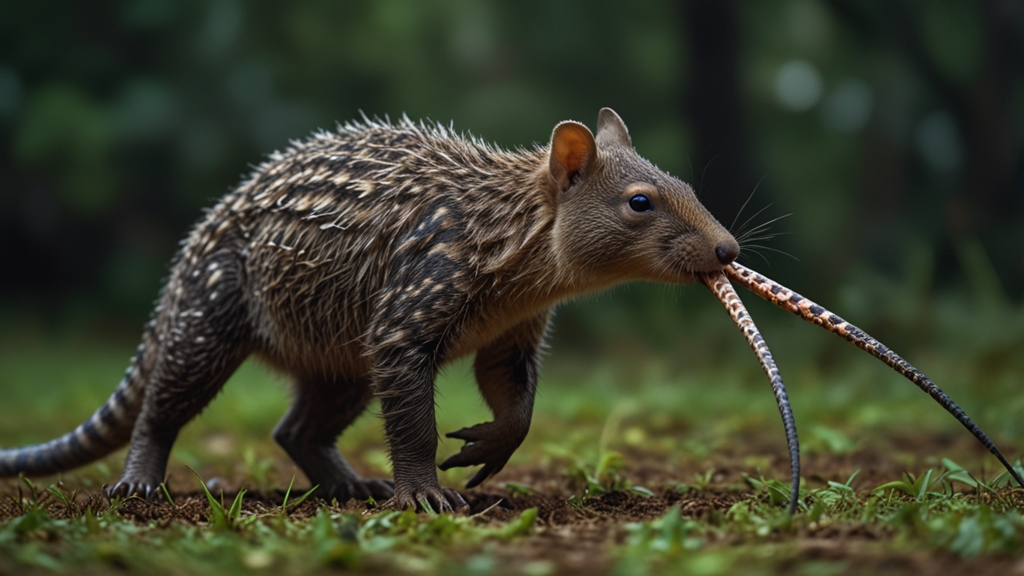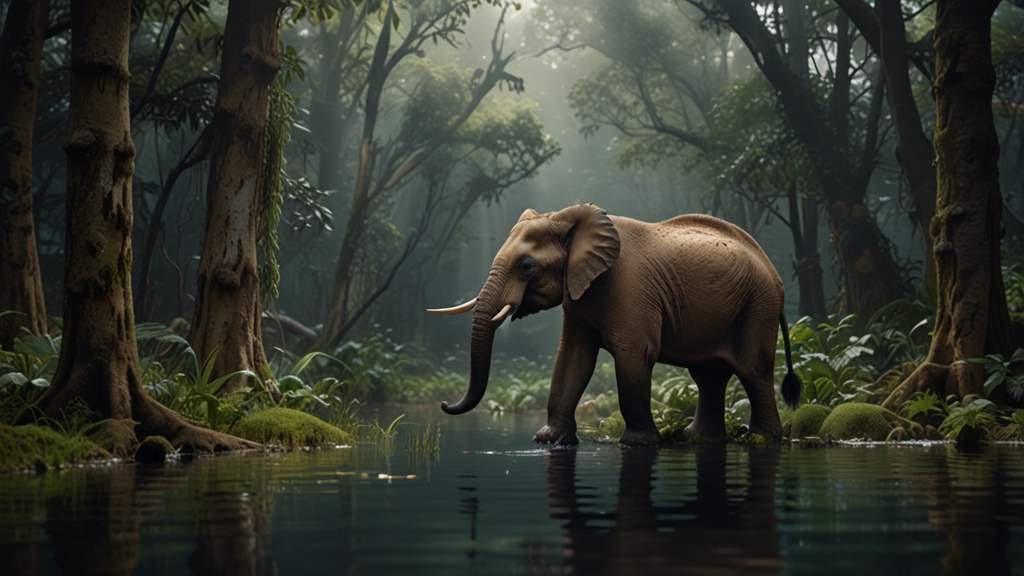Introduction
When we think of mammals, typical examples like dogs, cats, and elephants often come to mind. However, the animal kingdom is home to an array of unusual mammals that defy conventional expectations. These bizarre creatures showcase the incredible diversity of life's adaptations, giving us glimpses of evolution's most creative eureka moments.
The Aye-Aye: Madagascar’s Enigmatic Primate
The Aye-Aye (Daubentonia madagascariensis) is one of Madagascar's most peculiar denizens. This nocturnal primate has evolved several unique traits that set it apart from its relatives. Its most distinctive feature is an elongated middle finger, which the Aye-Aye uses to tap on tree bark and locate grubs. Once it identifies a promising spot, it gnaws a hole with its chisel-like teeth, then inserts its long finger to extract the food.
The Aye-Aye’s method of foraging is so specialized that it is often compared to the woodpecker, earning it a niche as an expert insectivore. Despite this, they were once thought to be harbingers of death in local folklore, nearly leading to their extinction due to superstition-driven killings.
The Platypus: An Egg-Laying Enigma
The Platypus (Ornithorhynchus anatinus) of Australia is perhaps one of the most well-known strange mammals, yet it never ceases to fascinate. This semi-aquatic creature possesses an unusual combination of traits: it has a duck-like bill, webbed feet, and a tail similar to that of a beaver. Even more intriguing is its method of reproduction—platypuses lay eggs, making them one of the few egg-laying mammals (monotremes) in existence.
The confusion doesn’t end there. Male platypuses possess venomous spurs on their hind legs. While the venom isn’t lethal to humans, it can cause severe pain and swelling, even leading to temporary paralysis in some cases. Such a unique combination of features makes the platypus a living mosaic of evolutionary traits.
The Star-Nosed Mole: Nature’s Speedy Subterranean
Residing in the wetlands of North America, the Star-Nosed Mole (Condylura cristata) is another masterpiece of evolutionary oddness. This small mole is instantly recognizable by the 22 fleshy tentacles radiating from its nose. These tentacles are packed with over 25,000 touch receptors called Eimer’s organs, which enable the mole to identify food at an astonishing speed.
The Star-Nosed Mole holds the title of the fastest-eating mammal on Earth. It can detect, catch, and consume its prey, often small invertebrates, in less than 0.25 seconds. Such remarkable efficiency makes it one of nature’s most effective hunters.
These tentacles are not just for foraging. They also assist the mole in navigating its subterranean labyrinth, making it an incredibly proficient digger and burrower despite its small size.
The Pink Fairy Armadillo: A Desert Phantasm
Native to the arid regions of central Argentina, the Pink Fairy Armadillo (Chlamyphorus truncatus) is a tiny, elusive mammal that seems almost otherworldly. Measuring just about 4 inches in length, this armadillo has a delicate pink shell that contrasts sharply with the armor plates of its larger relatives.
Its rosy-hued shell isn’t just for show. It serves as a protective barrier while the armadillo burrows through the sandy terrain with incredible swiftness, seeking out ants and other insects. Remarkably, the Pink Fairy Armadillo can bury itself completely within seconds when threatened, disappearing into the earth as if by magic.
Conclusion
The world's strangest mammals remind us of nature's boundless ingenuity. From the Aye-Aye’s peculiar tapping to the egg-laying indoctrination of the platypus, and from the ultra-efficient hunting of the Star-Nosed Mole to the elusive underground lifestyle of the Pink Fairy Armadillo, these creatures paint a picture of life's incredible adaptability. They are living proofs that, when it comes to evolution, the only constant is change, often in the most unexpected forms.
“The diversity of Mammalia is astonishing, and for every animal we can readily identify, there are countless others whose remarkable adaptability and evolutionary creativity continue to mystify us.”
Exploring these oddities not only enriches our understanding of biology but also deepens our appreciation for the endless wonders that nature has yet to reveal.






